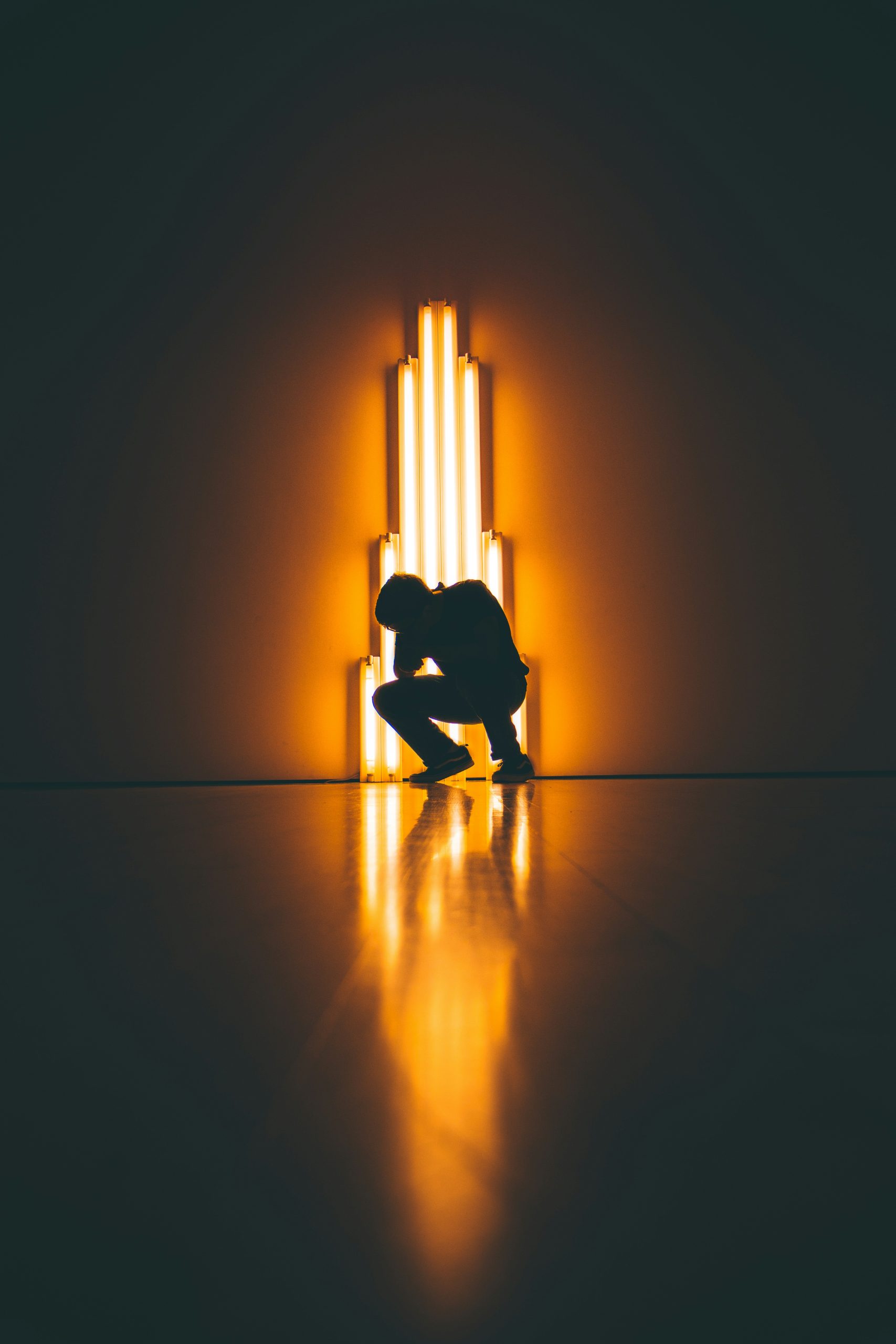Day 11 – 9 March 2009 – It is my turn to write the daily blog for the UnLtd Learning Journey site:
It is an early start this morning – We are expected to arrive at the internationally acclaimed Avarind Eye Hospital at 0830 – and we need to allow enough time to negotiate our way through heavy traffic. It was our first breakfast at the L’Orient Hotel and we were all enjoying the best meal of the day before 0715. The food was excellent with a wide choice of European and South Indian cuisine. We sat in an open court-yard and the accompanying warm breeze made the surroundings special. Our Wi-Fi Internet connection at the Hotel was not working – which was frustrating – but not crucial to our survival. Internet connections are a bonus and not a necessity – who needs e-mails everyday anyway?
Our small convoy of cars arrived spot on time at the Avarind Eye Hospital. It was located in pleasant well kept grounds and it looked like a substantial Hospital with several interlinked buildings very much in the Indian style of construction. We were met by The Head of HR who kindly invited us to a smart Board Room, where we left our personal belongings before embarking on the tour of the main administrative block, outpatients’ area – treatment and waiting areas – and some of the hospital wards – both private and public.
The hospital was founded in 1976 and has now become one the largest Social Enterprises in the world. There were just 11 beds then– now there are 4000 – in Tamil Nadu alone – treating just under half a million people per year, operating on over 100,00 patients annually and holding nearly 1500 eye camps per year. These are staggering statistics by any standard.
The hospital’s mission is to “Eradicate needless blindness by providing appropriate compassion and quality eye care for all” Here they treat all aspects of eye problems from the most basic to the most complex eye surgery. In Tamil Nadu State they a cluster of five major managed hospitals in Theni, Tirunelveli, Madurai, Colmbalore and Pondicherry that support “eye camps” – i.e. taking treatment to the people of the local area. Every week fifteen separate eye camps are held – all seeing around 300 patients per session. Many people are treated in situ – others are taken to the nearest eye hospital for in- patient treatment.
India has the highest number of blind people in the world – much of the blindness is totally unnecessary – many of these cases can be cured. India’s blind population amounts to one fifth that of the whole world. Avarind Eye Hospital has reduced the cost of cataract surgery down from $80 to $4 per eye. Patient Care is the raison d’etre of the hospital’s best practice. Effectiveness, Value for Money, Financial Sustainability and Reaching people in need constitute the core aims that must be achieved.
The Hospital treats both self paying clients and those who cannot pay anything but a token contribution. 55% of out-patients pay – 45% do not. For surgery 43% pay but 57% do not. About 12 percent of patients are insured through a private or work place schemes – producing 20% of the income to the hospital. Other contributory income is produced from surplus income profits from the hospital’s five divisions that produce and manufacture: lenses, blades, sutures, instruments and pharmaceuticals. Other income is derived from the hospital selling assistance to other providers of in the form of teaching, training, consulting, research, publications and advocacy. There is a belief that “Sharing makes you stronger” – something which we all endorsed.. The Avarind Hospital Medical Research Council works in the areas of microbiology, community based research, epidemiological surveys, clinical trials and genetics. The Hospital is involved in managing four other major eye hospitals in Northern India which are large and substantial and adopt the same social entrepreneurial philosophy.
We visited the main open public wards – and typically 18 beds were in one very large room – less than two feet apart. The individual private rooms vary from a small single room at 250 rupees per day and increase to 450 / 600 / 1000 rupees a day according to the size and facilities of the room. A room costing1000 Rupees per day would include a small living room, separate bed room with two beds (one for support person) and an en suite toilet / washing facilities.
The methodology used in outreach work has been developed with creativity. Teachers have been trained to screen local problems, Satellite Medical Centres have been created, and WI-FI Centres have been constructed thanks to the help of University of Berkley in California. Vision Centres are located throughout the state and partnerships exist with local Physicians. Diabetes and Glaucoma awareness and treatment campaigns are co-ordinated throughout the year.
Extensive further information can be obtained from the Medical Directorate at the Avarind Hospital who will co-operate with anyone in the furtherance of their social and medical mission.
I was totally amazed by the scale of the operation. I felt privileged to be shown such amazing facilities. The care, support and technical competence of the staff was evident to be seen by all of us. The dedication of every one was a credit to the management of the services. It is their ambition to become the biggest provider of eye care in the world – and it will not be long before they reach their target. What is sure is that they are keeping to the principles of Dr G Venkataswamy, (1918 – 2006), the Founder of the Avarind Eye Hospital.
The Trustees of the Hospital delegate all day to day professional work to the Medical Directors and their staff. This is a model that works well and can be replicated elsewhere in other medical fields. From a personal point of view I liked the paying according to means practice and I wonder how this can be used elsewhere?
We spent about four hours on the site visit. A colleague who proposed a vote of thanks to the Medical Director and his senior staff said in her thank you speech that “Seeing is Believing”…. How I echo that phrase. I am grateful to the Learning Journey Team for facilitating this instructive visit – it was very valuable to me.
We arrived back at the Hotel L’Orient in Pondicherry just before 1.00 pm and in time for a tasty lunch. This is a hotel with a great record of cooking and serving delicious French food and I enjoyed a bowl of their French Onion soup with French bread.
My colleague who proposed a vote of thanks to the Medical Director and his senior staff said in her thank you speech that “Seeing is Believing”…. How I echo that phrase. I am grateful to the Learning Journey Team for facilitating this instructive visit – it was very valuable to me.
We arrived back at the Hotel L’Orient in Pondicherry just before 1.00 pm and in time for a tasty lunch. This is a hotel with a great record of cooking and serving delicious French food and I enjoyed a bowl of their French Onion soup with French bread.
Having a good walk after a plentiful lunch is good for me. Our next delight was a heritage walk of the French Quarter of the City. I was not long before the name of Robert Clive was mentioned – he raised Pondicherry to the ground in a war against the French – it seems the French and English fought over parts of India over the centuries. All the street names were in classic blue and white – this could have been any hamlet in France. We saw schools, libraries and other institutions which are managed by French people and there is a large French speaking population here. The area seemed so quiet – an oasis of relative calm surrounded by noise, crowds and managed anarchy that we have seen elsewhere. After the formal walk and guide was completed I went on an extended walk to post my postcards. Indian Post Offices make the UK model look streamlined … It took nearly twenty minutes to buy and dispatch these cards back to the UK.
I declined dinner with the group as I needed to complete my Blog entry on the UnLtd web site – and there was a great deal of preparation for me meeting with BB and SB tomorrow. Some of this work was completed in the Hotel’s dining room over a modest dinner. I was in bed after chatting on the phone to the UK for ages. I had a disastrous night’s sleep – I find that it is always a recipe for disaster trying to sleep at night without adequately “winding down”… Lack of sleep occasionally does no harm … especailly when you are enjoying the (Learning) Journey of a lifetime.


